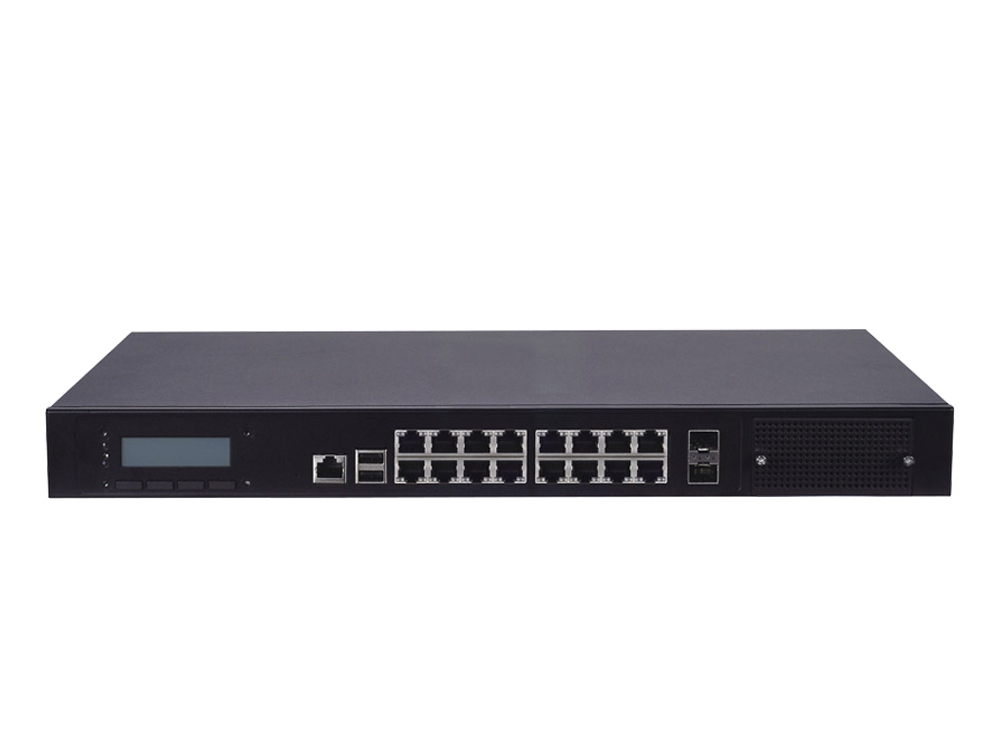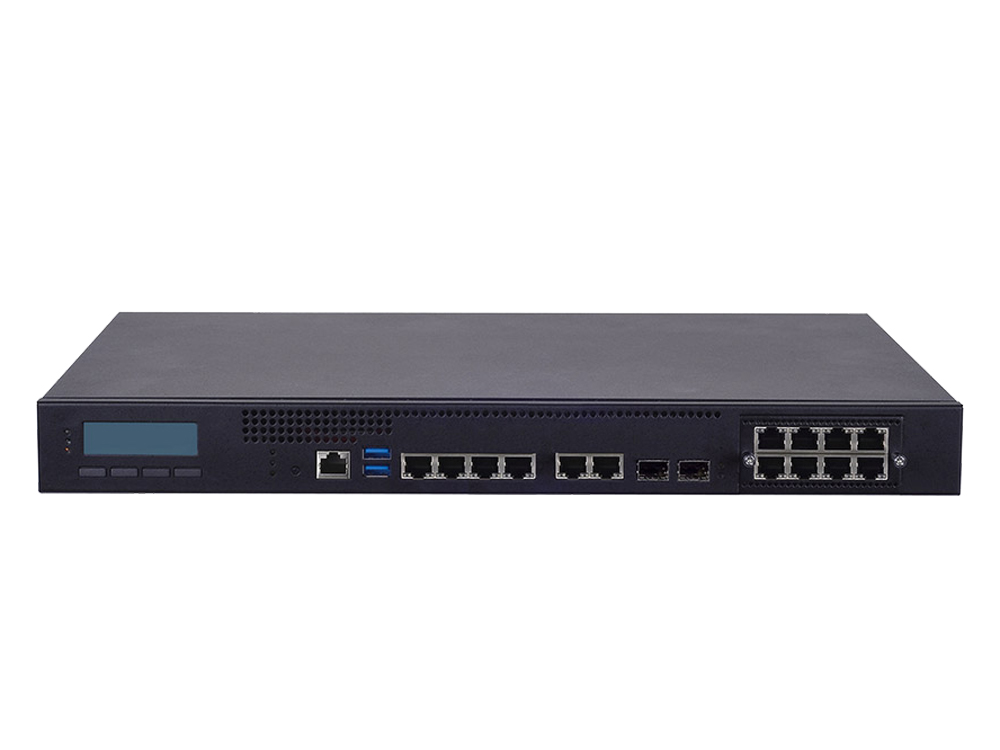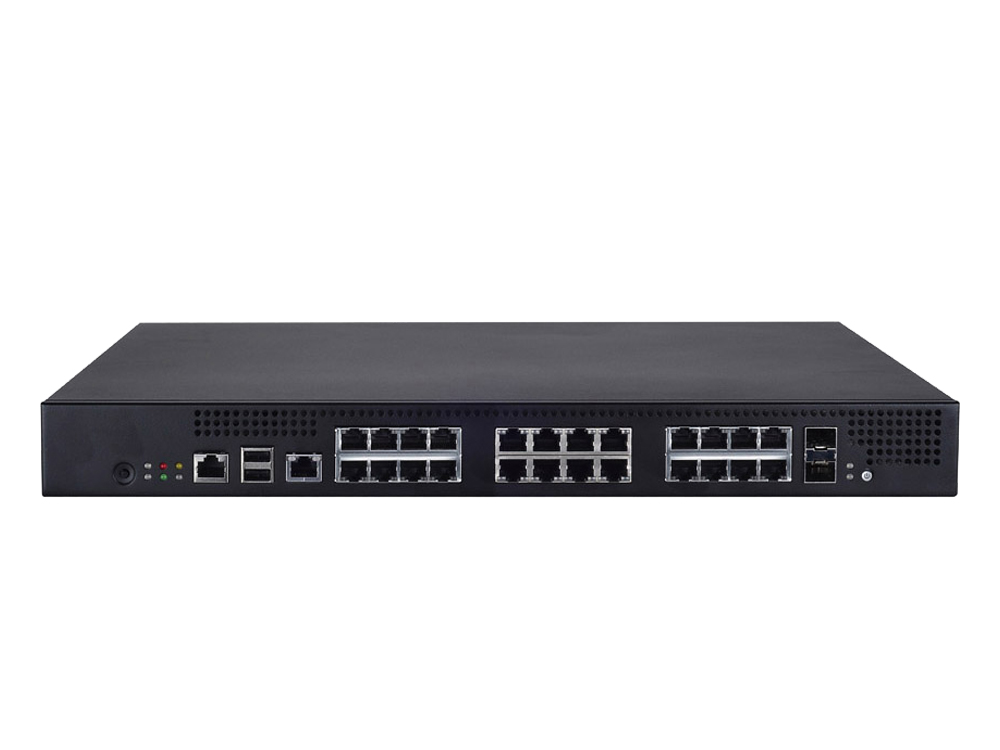In order to provide access to data on any device at locations such as stadiums, shopping centers and medium-sized branch offices as well as campuses, content providers and telecom companies are required to build their information superhighways on both wired and wireless networks that deliver enterprise-scale capacity, stringent performance and reliability.
Benefits of Wired-to-Wireless LAN Solution
1. Centralized Traffic Management
A unified wired-to-wireless LAN eliminates fragmentation resulted from using individual point products, such fragmentation makes it difficult to manage the network in its entirety. In this unified architecture, network edge devices can be deployed almost instantly and centralized management can be streamlined across any number of distributed locations. More specifically, a unified wired-to-wireless LAN brings with it a system-wide approach that enables centralized traffic management, from a single location, for rogue activity detection, policy enforcement, and other security mechanisms.
2. Improved Network Simplicity and Agility
With context-aware traffic control for location, role or application access, service providers can realize differentiated services, making effective resource management possible
3. Value-add Wireless LAN infrastructure
Not only does the wired-to-wireless networking provide indoor and outdoor connectivity for open areas, independent application developers can also design their own industry specific applications to engage end users in business offerings and services. For example in a shopping center, a program that utilizes big data analytics can help strengthen customer-business relationships by way of pushing real-time, interest-based offers to customers’ personal devices, potentially monetizing on such customized “advertising” for their products/services.
Recommended Lanner Network Appliances for Wired and Wireless Management
Lanner provides unified wired-to-wireless LAN appliance with one consolidated platform for integrating both Ethernet switches and wireless controllers.
Related Articles
- Network Appliances Consolidate Industrial IoT Wired & Wireless Network Management
- Enhancing Network Simplicity and Agility with Unified Wired-to-Wireless LAN on Lanner Network Appliances






